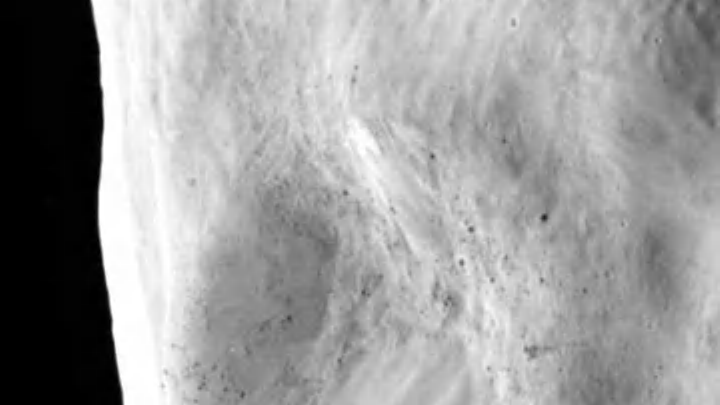A new asteroid detected by the ATLAS telescope in Chile has been getting a lot of attention on social media lately as it has the potential to smash into Earth. This near-Earth object has undergone extensive observation to determine its trajectory and impact probability.
Upon its discovery, scientists estimated asteroid 2024 YR4 to be 130 to 300 feet across, about the size of the Statue of Liberty. Initial calculations indicated a 1.2% chance of collision with Earth on December 22, 2032, which was significant enough to warrant close monitoring by NASA’s Center for Near-Earth Object Studies (CNEOS) and other international space agencies.
Additional observations led to a series of updates regarding the asteroid’s impact probability. By February 19, 2025, the estimated chance of collision had risen to 3.1%, the highest probability ever recorded for an asteroid impact. Scientists based this higher impact chance on refined calculations and more precise tracking data.
The additional data also helped scientists create potential impact zones, showing where on Earth the asteroid would likely be likely to strike if we indeed found ourselves in its path. These zones included parts of the eastern Pacific Ocean, northern South America, the Atlantic Ocean, Africa, the Arabian Sea, and southern Asia. Major cities in its path include Bogotá, Lagos, and Mumbai.
However, on February 20, 2025, NASA announced a reassessment of the impact risk and lowered the chance to 1.5%, which is only slightly higher than initial reports. This adjustment resulted from new observations that provided a clearer understanding of 2024 YR4’s orbit.
Despite the reduction, the asteroid will likely remain a subject of scrutiny due to its potential to cause significant localized damage in the event of an impact, which would be enough to level an entire city.
NASA, in collaboration with international partners, continues to monitor asteroid 2024 YR4 closely. The James Webb Space Telescope will observe it in March 2025 and will try to get better estimates of its size and trajectory. These observations are important for determining if we need to come up with a mitigation strategy.
How new technologies are shaping the future of space exploration
What happens if the asteroid hits Earth?
If asteroid 2024 YR4 were to collide with Earth, the impact would be similar to the Tunguska event of 1908, which flattened a forest. While it wouldn’t cause a mass extinction, it could cause serious regional devastation.
How often do asteroids of this size come close to Earth?
Asteroids larger than 50 meters pass near Earth roughly every few years, but most do not pose an impact threat. NASA tracks over 31,000 near-Earth asteroids, and they make discoveries frequently.
How is NASA tracking the asteroid?
NASA, ESA, and other space agencies use ground-based telescopes, radar, and space-based observatories to track asteroid 2024 YR4.
Follow GeekSided to stay up to date with news about Asteroid 2024 YR4.
